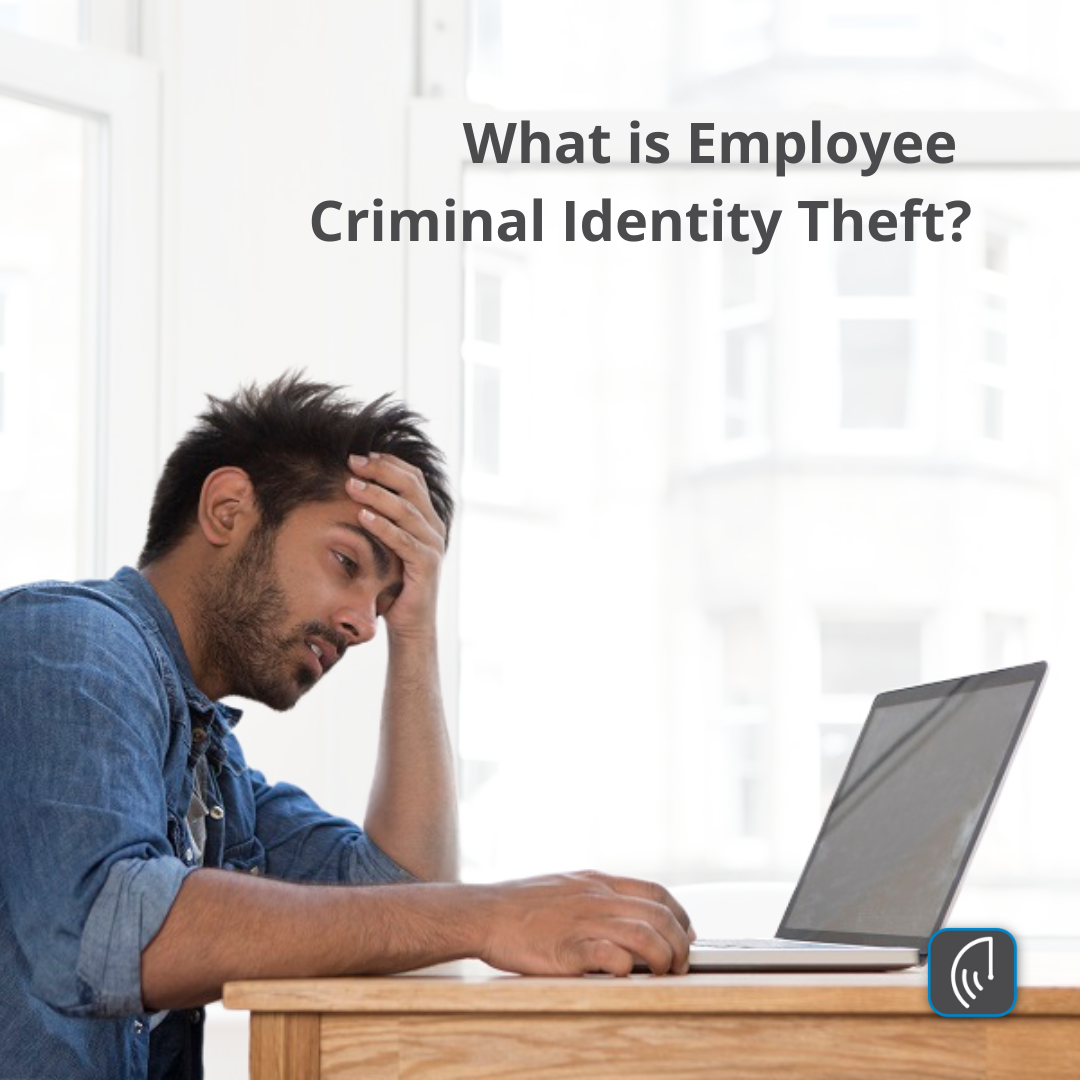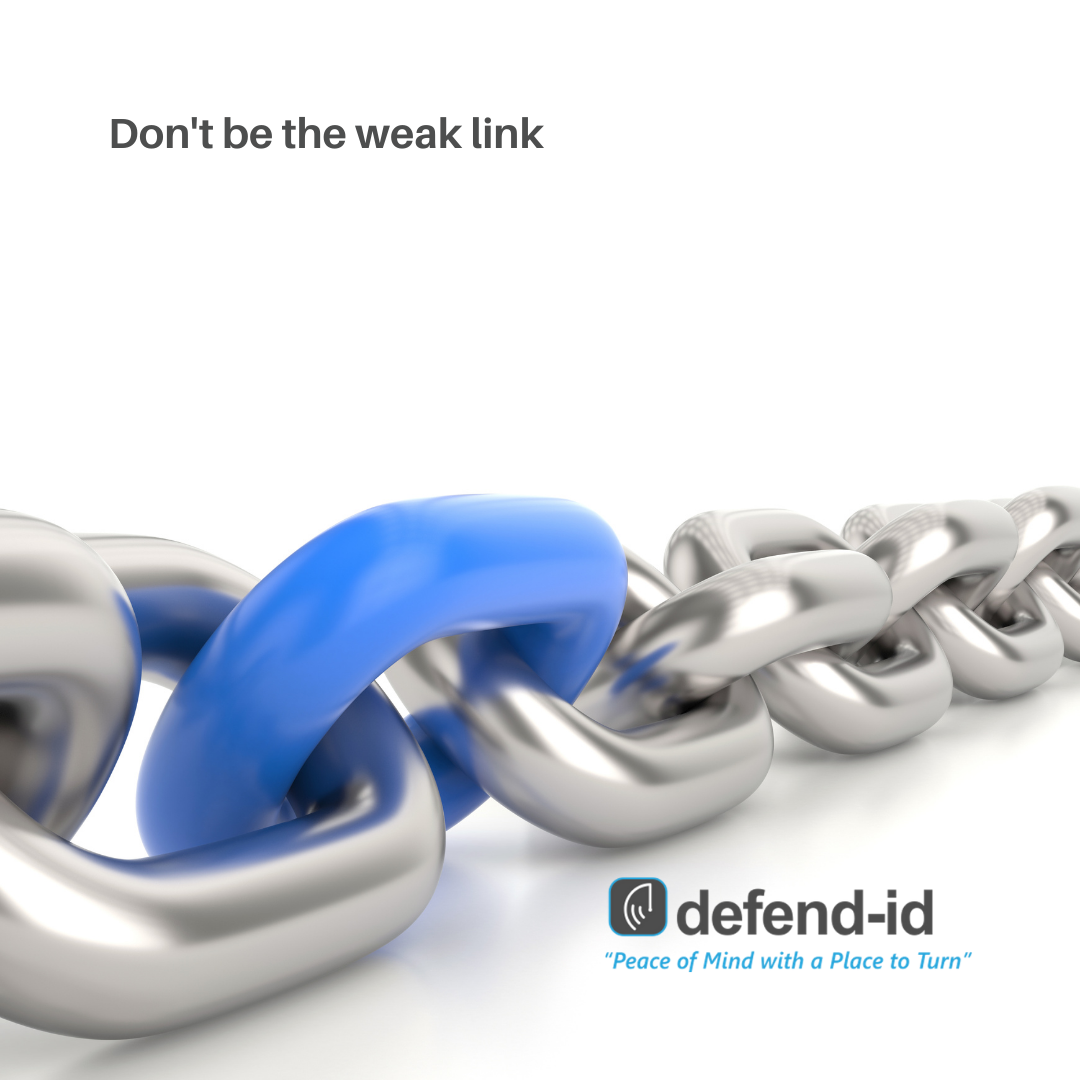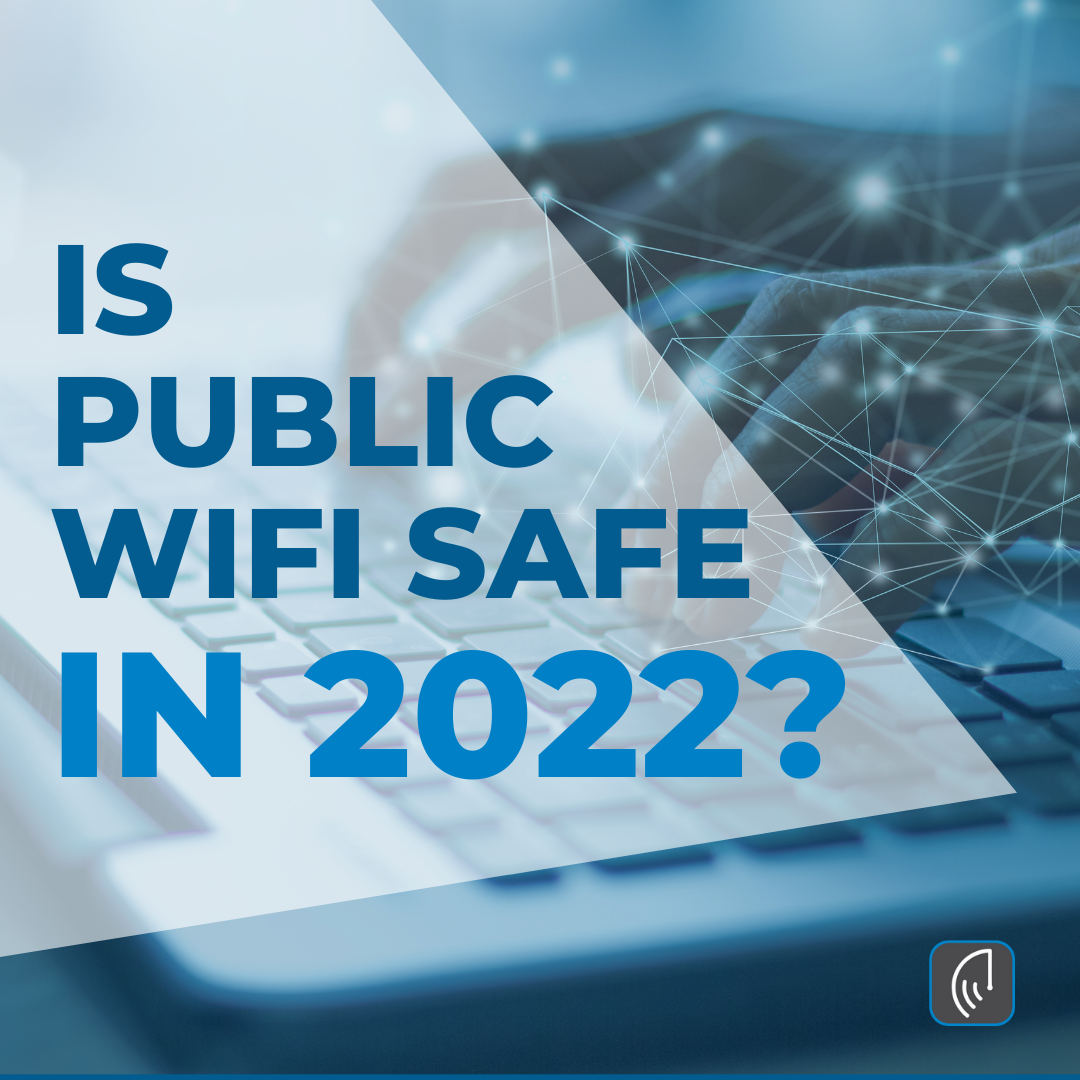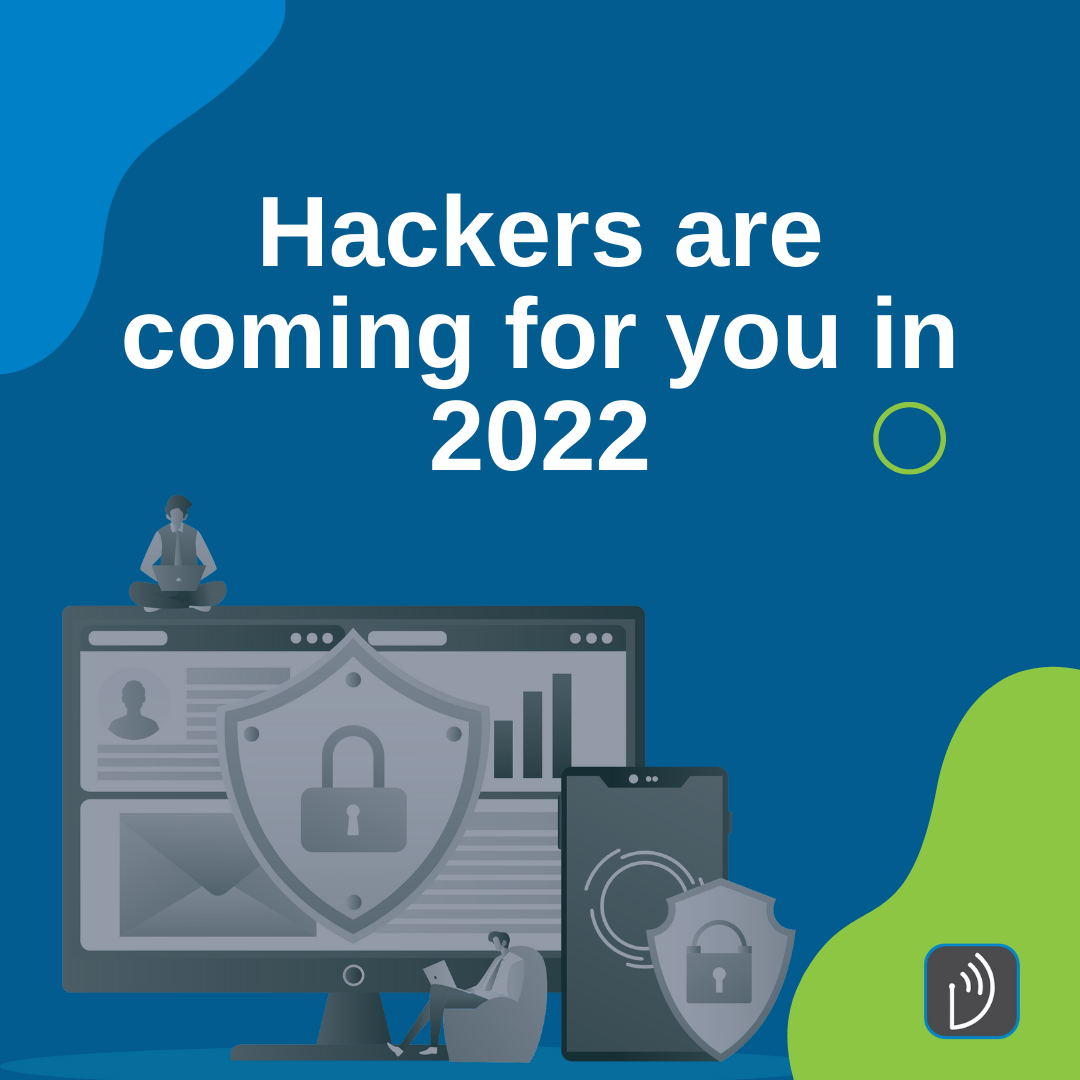
by Brian Thompson | Dec 14, 2022 | Identity Theft, Uncategorized
4 Things to Watch Out for this Holiday Season!
Oh, what a year it has been and continues to be this holiday season! Unfortunately, in this continued craziness, bad guys tend to take advantage of anyone they can. They also are opportunistic during the holidays. Both being an issue right now provides a great opportunity for deceit and fraud. We encourage you to take the time this year to ensure you are being safe with your generosity and activities online and off. Below you will find 4 things to watch out for this holiday season, coupled with the pandemic.
-
Online shopping Scams!
This year more than ever, holiday shoppers will
be purchasing online. According to the Better Business Bureau, online
shopping is expected to increase over the last year by 10% to 75%. Watch out
for “locked out” messages claiming you have been locked out of your
accounts. The bad guys are sending phishing emails in an attempt to
steal your account information.
-
Charitable Giving Scams.
Giving scams are always increased around the
holidays but due to more families needing help in 2020, it is likely that there
is a large increase in donations and scams. COVID scams are going to
continue and the holidays are a great way for criminals to take advantage of
your giving spirit. Make sure you are giving to a reputable organization.
-
Use Secure Payments Use your credit card online, it has more protection
than your debit card.
Credit cards have better dispute protections where
debit cards can expose your bank accounts to withdrawals. Use Credit cards
for transactions, they provide more protection if you have made a
transaction with a criminal.
-
Ads and Offers Scams.
You will see many ads and offers on platforms like
Facebook and Instagram this holiday season. Before you purchase through
an ad or offer, research the company for anything scam-related
“Peace of Mind with a Place to Turn”
These 4 things to watch out for this holiday season are just some of the scams out there. Please take care in your efforts to spread holiday cheer and think before you click. We wish you the happiest of holidays!
Here are some additional articles you may find interesting:

by Brian Thompson | Jun 15, 2022 | Uncategorized
All identity theft is illegal, YES, but what do they mean when they say Employee Criminal identity theft? Unfortunately, it is not just some fictional story played out in the movie “Identity Thief”. If you have not seen this movie, I highly recommend it. Jason Bateman has his identity stolen by Melissa McCarthy and as you can imagine the comedic duo battle throughout the movie…very funny!
What is employee criminal identity theft?
Employee Criminal identity Theft typically occurs when an identity thief gives an employee’s name or personal information during an arrest or investigation. They may use a stolen driver’s license or other identification in the employee’s name or simply use the name and information of a friend or relative without showing any identification. The employee’s data is then added to the state’s criminal database and potentially the national database.
Most victims don’t even know about it until much later until something else happens. Most will find out when a job or loan applications involves a background check, or they get pulled over and find out they have a bench warrant.
Unfortunately it is difficult to prevent and difficult to fix. As an employee, it is their responsibility to clear their name. Employees will need to with law enforcement and court personnel to correct the false reporting on the local, state, and federal level.
Warning signs
An employee may be a victim of criminal identity theft if:
- They get arrested and don’t know why
- Are denied for promotion after background check
- Get fired after background check
- They don’t get hired after background check
- Receive a ticket for a car or property they don’t own or in unfamiliar places
What if it happens to you as an employee?
Here are three tips to follow if it happens to you:
- Talk to law enforcement. If any of the above warning signs apply to you it is time to contact the authorities. You should ask your employer or loan officer about the areas of concern and where they occurred. You can file a report about the incident and offer any personal information that would help clear your name/identity in comparison to the criminal.
- Keep Documentation. Once you have proven your innocence, ask law enforcement to provide you with a “certificate of release”. Keep this letter with you in the event you need it in the future. Not all databases are updated immediately and this will help to clear you in any unfortunate future situations.
- States Attorney General. Contact your state and determine if they offer special help for identity theft. This can be useful if your state has addressed identity theft in the court system.
Although criminal identity theft is less prevalent than other types of fraud it is certainly something we all need to be aware of. So next time someone asks, What is Criminal Identity Theft, we can help explain.
Lower employee risk of Criminal Identity Theft with our defend-id services – and get a dedicated recovery expert if your identity ever becomes compromised. defend-id monitors criminal data records for employee reporting and will alert your employee as soon as it is detected.
Stay safe, click carefully and protect your data!

by Brian Thompson | Jun 1, 2022 | Uncategorized
Do not let your guard down. Always be cautious in revealing information about yourself or your employer. “Stop, look and think” about emails, texts, and phone calls. Slow down, be aware, be safe, and don’t be the weak link to identity theft.
Nearly eight years ago I wrote a December 2014 article for the Arizona Republic titled Read the fine print when buying ID-theft protection services.
The premise of my article was that the core product offered to most identity theft protection service providers is credit bureau monitoring and that credit bureau monitoring offers a false sense of security.
Credit bureau monitoring cannot monitor non-financial identity theft events. Events like:
- taxpayer ID theft and refund fraud,
- unemployment ID theft, benefits fraud,
- medical ID theft and fraud,
- or credential (e.g. driver’s license and passport) ID theft and fraud.
The identity theft protection community is largely reputable and trustworthy. It is not uncommon, however, for identity theft marketing campaigns to include deception, exaggerated threats, and flawed offers.
In addition, I encourage consumers to read the fine print for hidden “exclusions” when selecting an identity theft service provider. Hidden exclusions are commonly found in the “terms and conditions,” where marketing meets reality.
Marketing versus reality.
I find it interesting how more consumers are paying for ID theft protection services than ever before and yet there are more victims of ID theft than ever before. (The bad guys getting better? Are there more PII records our there? The ID Theft Protection Providers Failing or are they just marketing beyond their ability?)
For example and according to the March 2022 Javelin Strategy Annual Identity Fraud Study, identity theft and fraud losses totaled $52 billion affecting 42 million U.S. adults in 2021.
Here are a few ways consumers lower their risk of being a weak link to identity theft.
- First, consumers need to stay up to date on the most recent data breach and identity theft trends such as Phishing (fraudulent emails), Vishing (fraudulent phone calls and voice mail messages) and Smishing (fraudulent text messages) tactics.
- Second, consumers should be taking advantage of risk mitigation tools such as fraud alerts, credit freezes, credit/debit card alerts, and yes – even credit bureau monitoring – as long as you understand the limitations of credit bureau monitoring.
- Third, consumers should consider using new and strong passwords every 90 days or use a password manager that can help create new and strong passwords along with scanning existing passwords to flag reused and weak passwords.
- Lastly, consider using a Virtual Private Network (VPN) as VPN software scrambles your IP address, encrypts data sent between your computer and the websites you visit, and masks your true location and service provider. Masking your data is very important while using public WIFI
To conclude, I would like to reference Kevin Mitnick, the Chief Hacking Officer and part owner of security awareness training company KnowBe4 and convicted hacker turned paid security consultant, public speaker, and author.
Mr. Mitnick is best known for his high-profile 1995 arrest and five years in prison for various computer and communications-related crimes. He has said many times that “the weakest link in the security chain is the human element.”
To add to Mr. Mitnick’s comments about the human element, I always say that hackers, social engineers and ID theft criminals depend on human nature, psychology and “trusting” consumers to let their guards down.
Do not let your guard down. Always be cautious in revealing information about yourself or your employer. “Stop, look and think” about emails, texts, and phone calls. Slow down, be aware, be safe, and don’t be the weak link to identity theft.
Sincerely,
Mark

by Brian Thompson | Mar 17, 2022 | Uncategorized
Whether working at our local coffee shop or checking sports scores on a plane, most of us use public WiFi all the time. Indeed, because public WiFi networks have become so ubiquitous, we no longer associate them with risky behavior. They’re a normal part of our daily lives. BUT is public wifi safe in 2022?
But failing to understand the risks that are inherent to public WiFi networks, and not taking steps to protect ourselves when we use it is like leaving our front door unlocked when we go to sleep. Sure, if we do it once or twice, we probably won’t get robbed, but why would we take that risk?
The simple truth is that most of us use public WiFi networks all the time. Only a few of us understand the risks, and even fewer are taking steps to adequately protect ourselves.
The Risks of Public WiFi Networks
We’ve said this for years, but it bears repeating: all public WiFi networks are inherently insecure. If a WiFi network is public, that means anything you do online can be tracked and captured. We should never assume that any network is safe, especially it’s safe just because you paid for access to it.
Not everyone understands the difference in risk between secured networks (like you probably have in your home and workplace), and insecure networks like you get at the local Starbucks or at the airport.
Many of us assume that if we have nothing to hide, or are just checking stock prices, we don’t have to be careful.
And wouldn’t the providers of the WiFi network let us know if there were security issues?
People Love to Use Public WiFi
One thing that is very apparent is that we love to connect to public WiFi networks. According to a recent survey by DecisionData.org, nearly 82% of us will connect to any freely available WiFi network when out in public.
But the bigger problem is that most of us who connect to public WiFi networks don’t understand the danger. 71% of those who connect to these networks are not concerned at all, while 16% are a little concerned. Less than 1 in 10 people are very concerned.
Said one respondent: “I had no idea that public WiFi could even be dangerous.” Said another “Who cares. All our data is out there floating around anyways.
How WiFi Hacks Occur

by Brian Thompson | Feb 9, 2022 | Breach, Identity Theft, Uncategorized
Two years ago I wrote an article asking the question Is Your Digital Identity Safe? Two days ago I read an Infosecurity Magazine article stating Identity Theft Will Get Worse. It appears that Hackers are coming after you in 2022!
Specific to your digital identity and today’s threat landscape for consumers and small businesses, cyber thieves and ID theft criminals have evolved to the point where hacking and data breaches will happen at any time and can affect anyone.
As for the statement “identity theft will get worse,” the fact is that 2021 surpassed the all-time record for data breaches exposing the Personally Identifiable Information (PII) of millions of Americans.
As a reminder, examples of PII include:
- Name: full name, maiden name, mother’s maiden name, or alias
- Personal identification numbers: social security number (SSN), passport number, driver’s license number, taxpayer identification number, patient identification number, employee or student identification number, financial account, or credit card number
- Address information: street address, or email address
- Telephone numbers
- Personal characteristics: photographic images (particularly of face or other identifying characteristics), fingerprints, or handwriting
- Biometric data: retina scans, voice signatures, or facial geometry
- Information identifying personally owned property: VIN number or title number
- Asset information: Internet Protocol (IP) or Media Access Control (MAC) addresses that consistently link to a particular person
And now our digital world, combined with a two-year pandemic, has consumers and small businesses worried. There is so much uncertainty in our world and cybercriminals, and their new scams are adding to the challenge.
Consumer?
If you are a consumer, recent digital risk examples making today’s headline news include How to avoid buying fake Covid tests online and BBB warns consumers of hackers posing as apps like Paypal and Venmo to steal your money.
Cyber thieves and ID theft criminals depend on human nature and emotion such as an individual’s tendency to trust others (e.g. phishing and vishing) and desperation (e.g. the chaos of supply chain shortages such as Covid-19 tests). These phishing and vishing tactics and fake websites have gained attention in recent weeks over the increasing number of identity theft victims.
Small Business Owner?
If you are a small business owner – trusting others and desperation are common risk factors just like a consumer – but it gets worse as Cyber risks top worldwide business concerns in 2022.
According to the just-released 12th Annual Allianz Risk Barometer Survey, cyber incidents at the top of the list. This is only the second time cyber has been at the top of the list in the survey’s history.
Cyber incidents, ransomware attacks, data breaches, or major IT outages worry businesses more than anything else. They worry businesses even more than a business interruption, supply chain disruption, or the COVID-19 pandemic.
To conclude, cyber thieves and ID theft criminals continue to find new and innovative ways to steal your personal information.
Both consumers and small business owners need to keep security education and awareness top of mind. Protecting our digital identities is crucial because hackers are coming for you in 2022.
Mark Pribish

by Brian Thompson | May 17, 2021 | General, Identity Theft, Uncategorized
Most of you have heard of it, but what is a credit score?
The most widely used scoring model in the United States and Canada is the FICO credit score. Developed in 1956 by a company called Fair, Isaac & Company (FICO), this model is designed to determine how likely you are to become 90 days late on any payment within the next twenty-four months. The model calculates the probability of loan delinquency. It does so by comparing patterns in your credit history against the patterns of millions of other consumers.
FICO makes all these comparisons with software that uses complex equations and advanced analytics. The comparison evaluates all the data in your credit report and distills it into a standardized, three-digit score.
But, let’s back up a minute. Where does all the credit report data come from?
Each financial choice you make – how much you spend on credit, how responsibly you pay down your debts, how many credit-related accounts you have, etc. – gets reported to three credit reporting agencies: Equifax, Experian, and TransUnion. When a lender orders a copy of your credit report, they also usually request the accompanying FICO credit score. The report boils everything down into a single score based on that agency’s proprietary version of the FICO scoring model.
It’s important to note that while FICO works with the credit agencies, they do not control the information in your credit reports. Fico translates the data provided and returns a standardized score. So, to summarize:
- You make financial choices.
- The lending entities you interact with (banks, retailers, etc.) report your choices to the three credit reporting agencies.
- The agencies use the FICO software to turn your data into a single credit score, which is then delivered to the lender reviewing your application for credit.
It may seem like there are a lot of moving parts, but because the choices you make drive the entire process, ultimately you’re the one in control. In fact, statistics show that, given thirty days, over 80% of loan applicants have the potential to improve credit scores.





